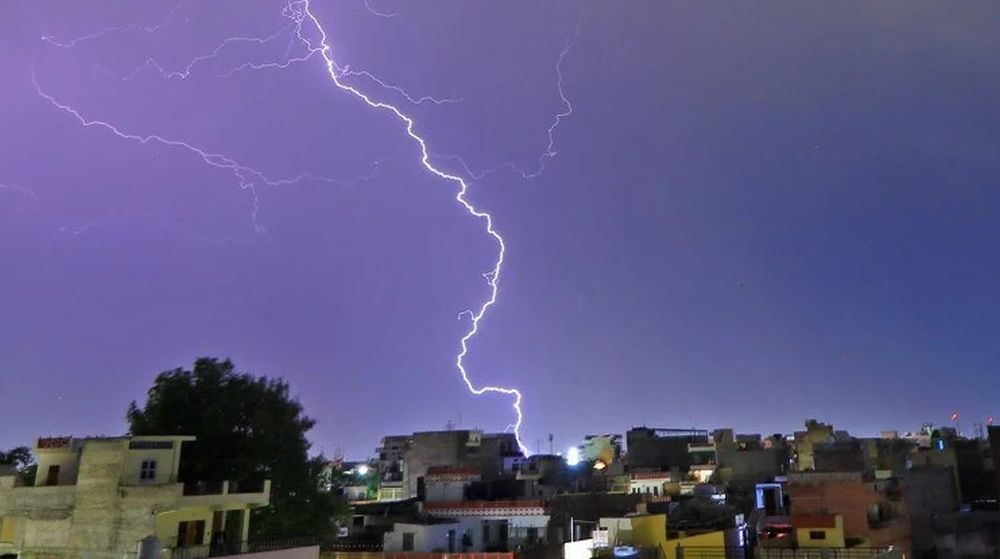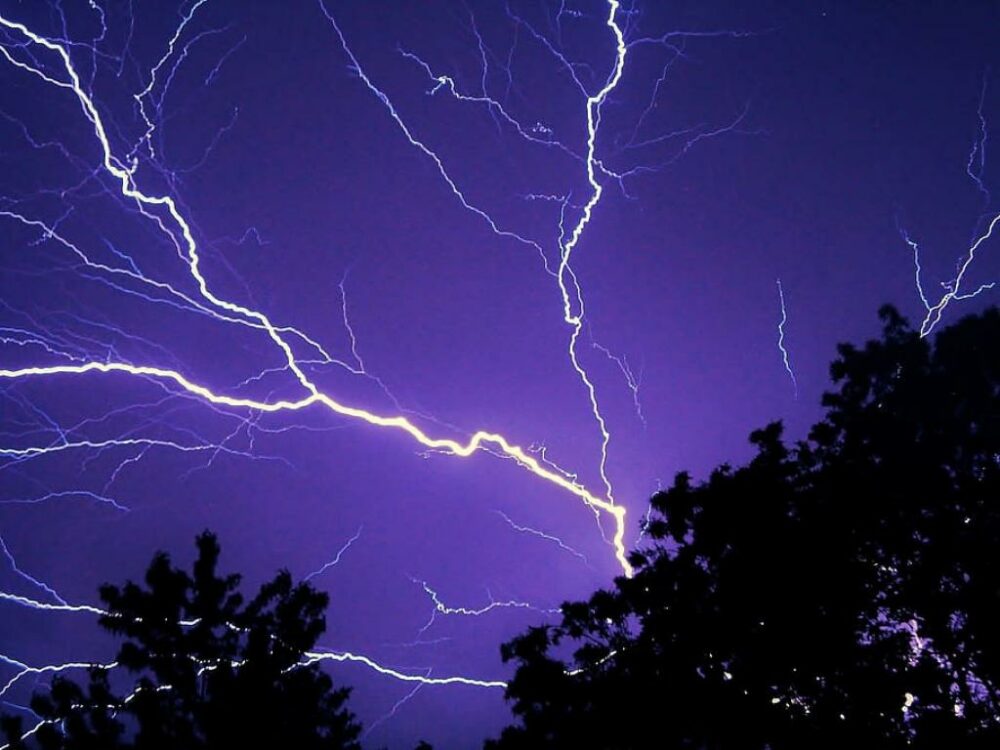Deadly Lightning Linked to Climate Change Kills 1,697 in India in a Year
Lightning strikes have killed nearly 147 people in just ten days in Bihar, leading to a surge in deaths from climate change-fueled lightning strikes. It is reported that climate change has sparked more lightning strikes across the world in the past decade or so.
In India, specifically, there has been an increase of 34 percent of lightning incidents compared to the previous year, with at least 13.8 million strikes recorded between April 1 2019 to March 31, 2020. The lightning incidents differed in frequency in different states. Andra Pradesh, Bihar, and Odisha recorded the maximum incidents in 2019.
Lightning strikes are common throughout India, especially during the monsoon season between June to September, which indicates more precaution over alarming thunderstorms.
It is estimated that an increase of one degree Celsius would accelerate the rate of lightning strikes by 12 percent. The number of lightning strikes soared from 18,000 in 2010 to 150,000 by 2020.
According to research published in the journal Atmospheric Chemistry and Physics, it was found 15-50 percent increase in intensity and 10-25 percent increase in frequency this century, with coastal areas being highly vulnerable. This deadly trend is fueled by rising temperatures caused by climate change.

Lightning over the city of Jaipur in April | Image: NurPhoto/AFP
The excessive heat and increased humidity have caused an imbalance in the atmospheric pressure, which fuels thunder and lightning. The last decade recorded some of the hottest years in India, with temperatures going up by 0.36 degrees more than usual. This increase is caused by the rising heatwaves followed by delayed yet intense monsoons.
Also Read: Lightning Strikes in India Keep Getting Worse, Killed 147 People in 10 Days
The CROPC-IMD mentioned in their report that the reason for the high number of deaths is because people are unaware, with 70% of deaths as a result of standing under isolated trees, while 25% of the people were struck in open.
The report also states that rapid degradation of the environment, climate change, deforestation, and rising pollution have a combined effect on the environment and have pushed incidents of lightning to an extreme.

Image: Down to Earth
Climate Resilient Observing-Systems Promotion Council ( CROPC), National Disaster Management Authority, India Meteorological Department (IMD), Union Ministry of Earth Science, World Vision India, UNICEF among others released a joint initiative called Lightning Resilient India Campaign (LRIC).
The campaign, with the engagement of national and state-level governments, communities, and NGOs, has been successful in reducing deaths by more than 60 percent within two years.
Via: Down To Earth


